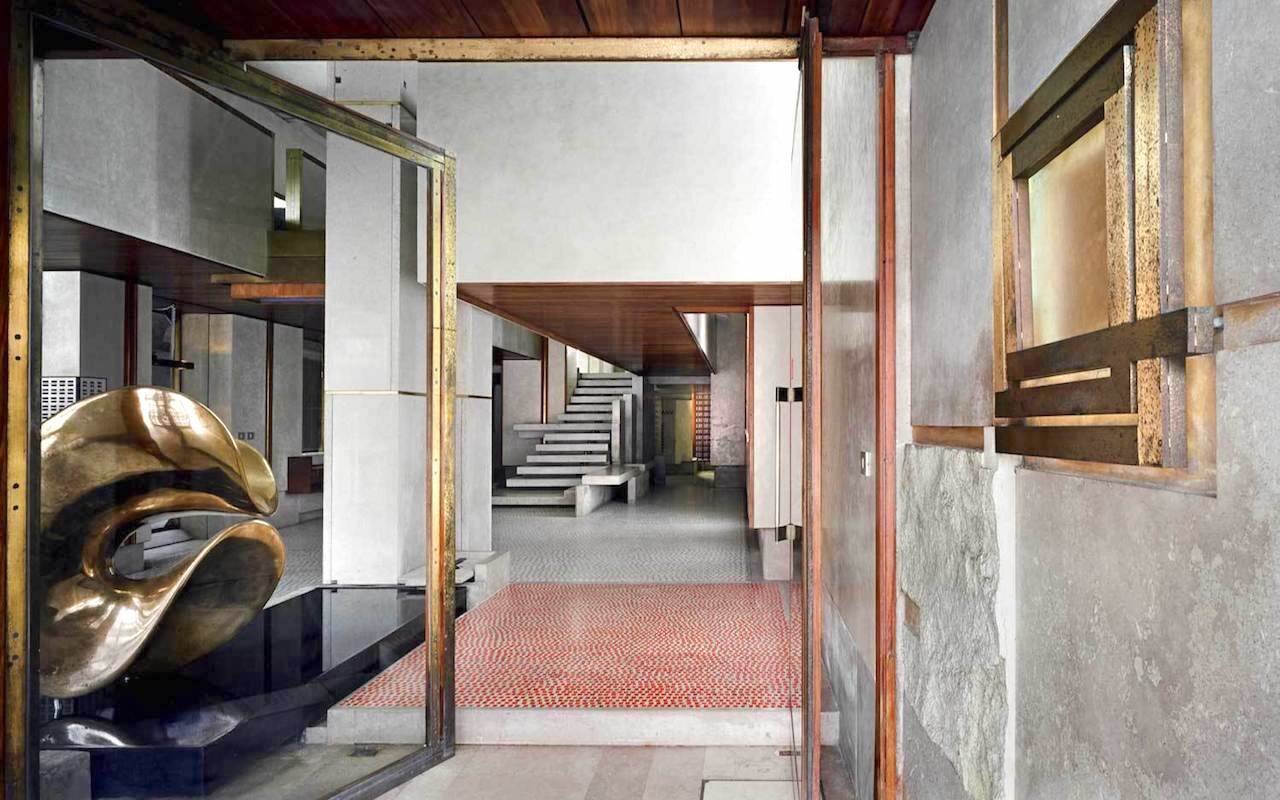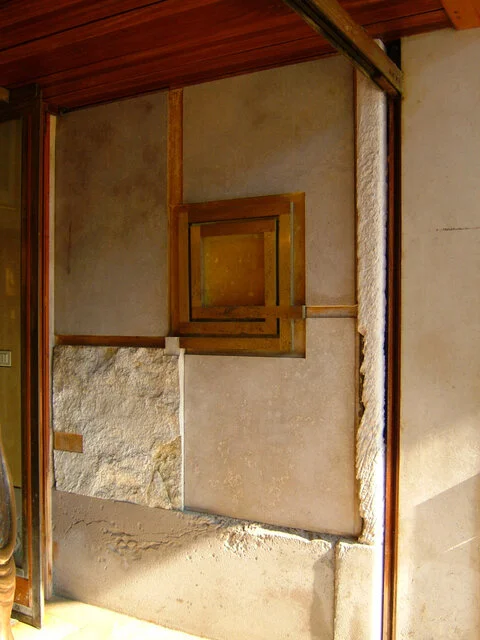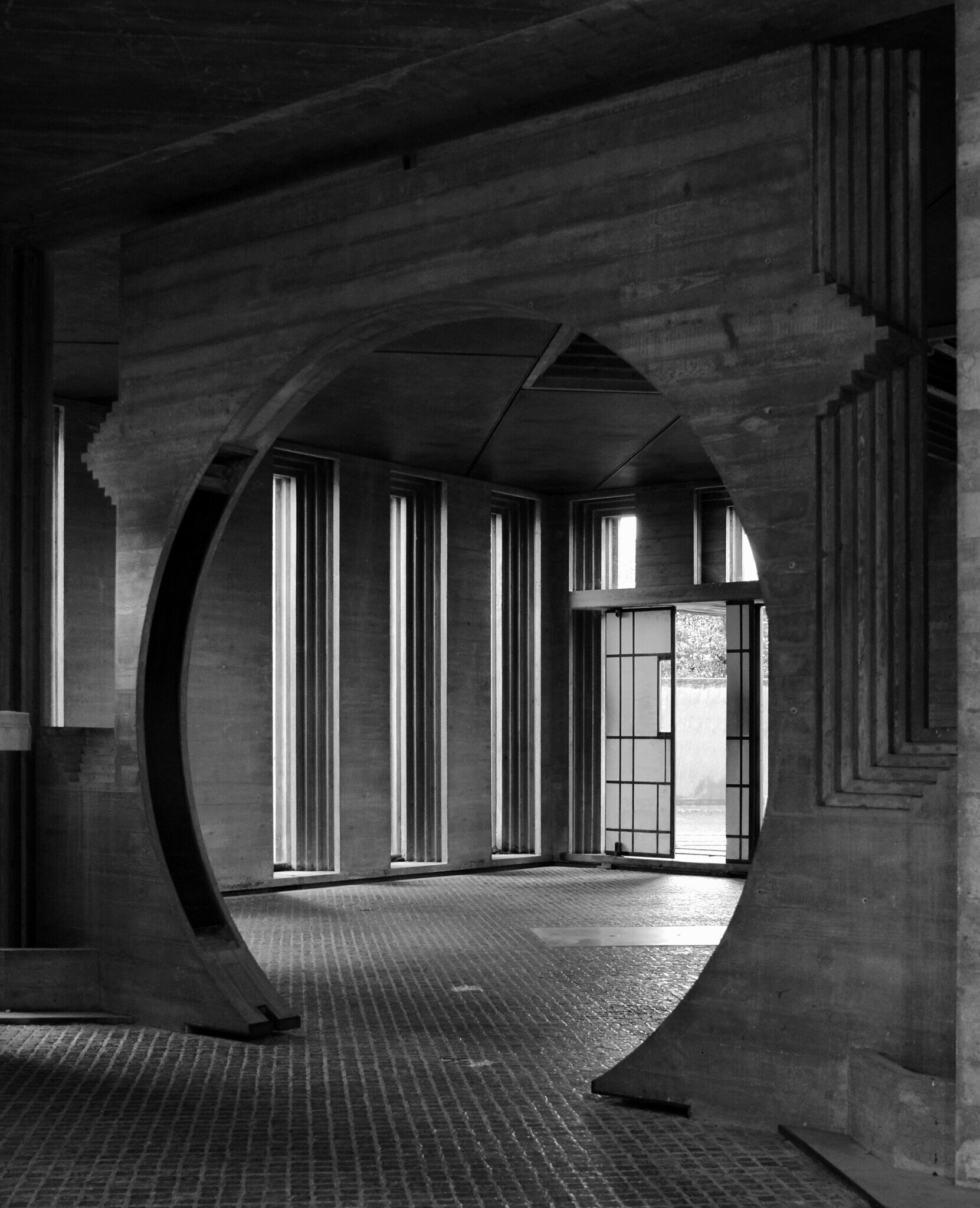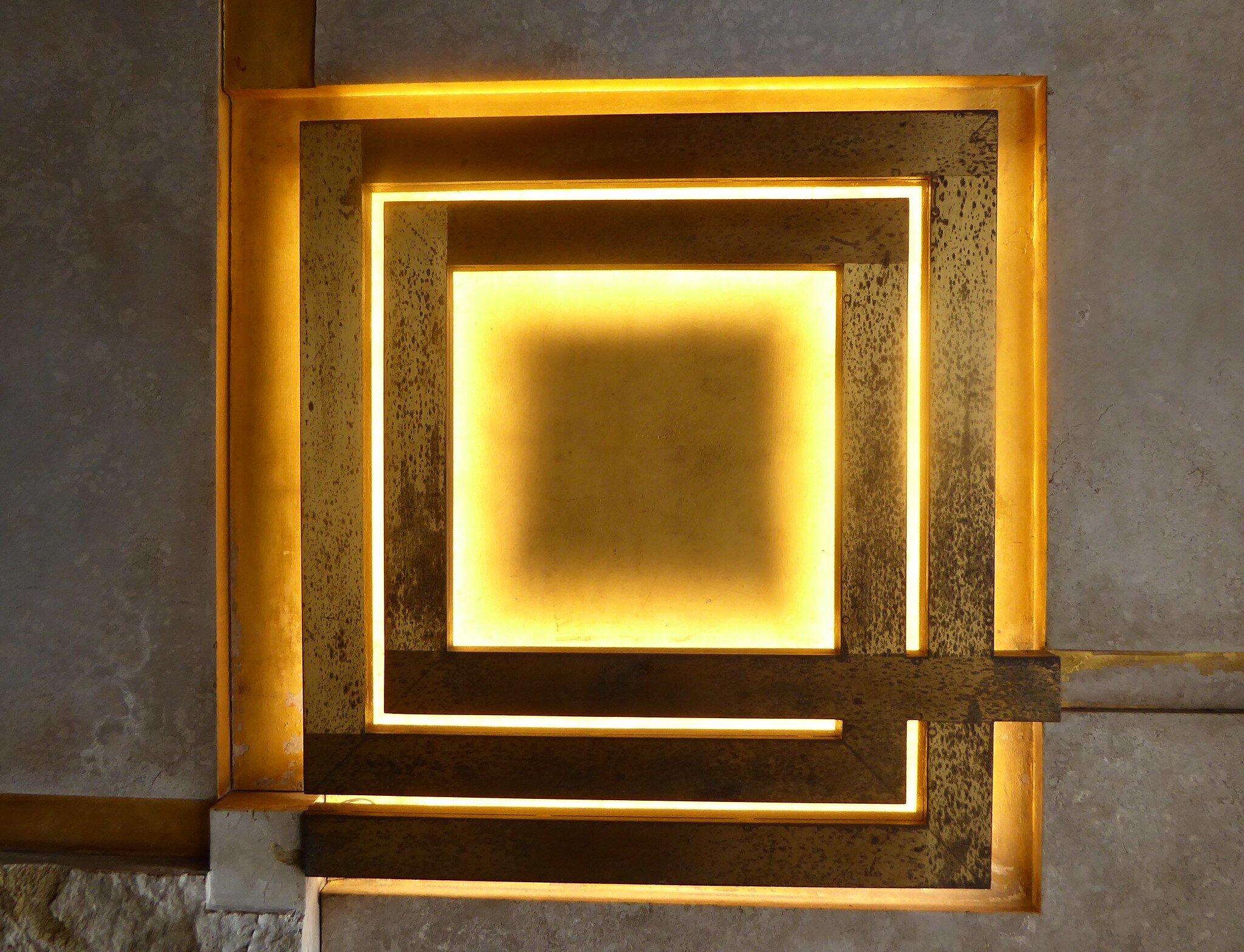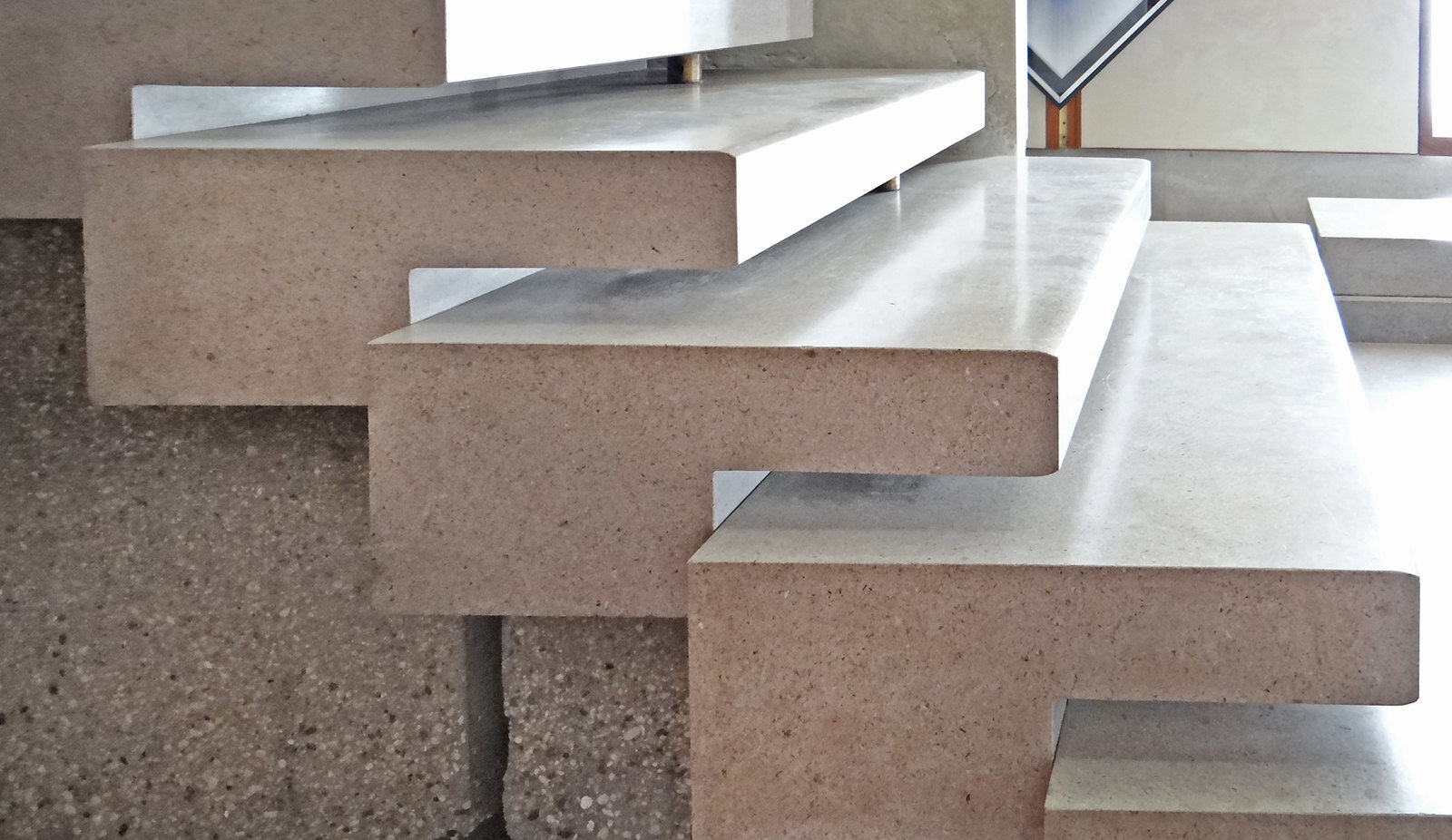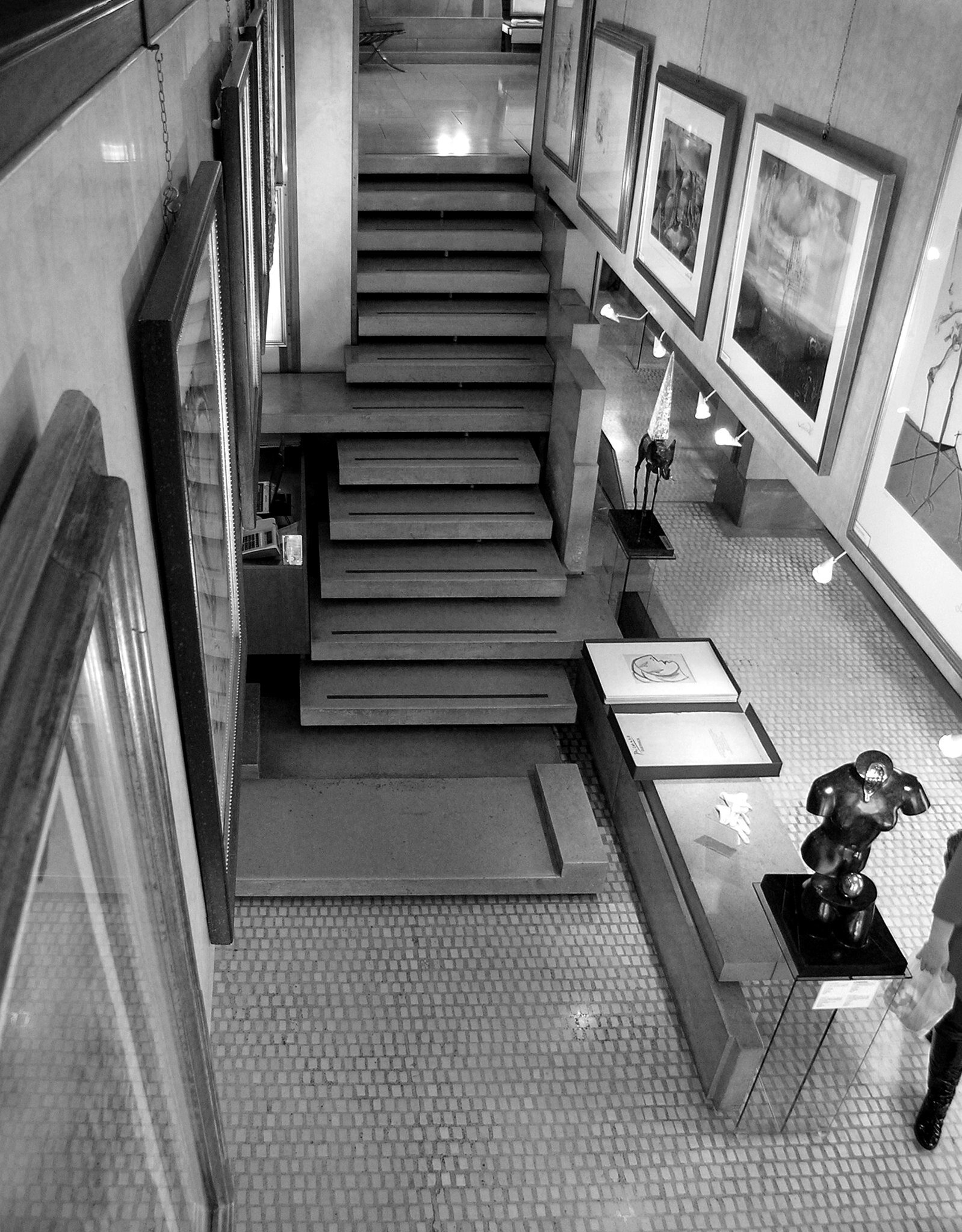Carlo Scarpa
WOOLF Interior Architect & Design are continuously inspired by Carlo Scarpa’s attention to beautiful and complex detailing, in particular the way he combined ornate and precious materials with very basic materials. We look to his design work for inspiration in so many of our projects. He was an Architect, an Interior Designer and both a product and furniture Designer. He was the ultimate Interior Architect.
Explore WOOLF projects influenced by Carlo Scarpa
Carlo Scarpa was an extraordinary Venetian Architect known for his intricate detailing and impressive use of timber, metal, glass and stone. Starting his career working as a glass designer, he continuously worked with cabinet makers and metal workers to have the opportunity to constantly experiment with different materials.
INFLUENCES
His finishes are elegant and his details ornate – he placed materials that are very organic and smooth with materials which are machine-like and angled to create a striking contrast.
Contemporary designers will spot the influence of Carlo Scarpa’s work in many buildings, interior furniture and accessories - it is in the detailing of interiors and products that we see every day; his work has been far reaching and his influences are timeless.
His inspiration largely came from poetry and paintings – the work of Mark Rothko was a large influence. Japanese design influence can also be seen throughout his work particularly through his control of water.
He encouraged the environment around him to flow into his work and gave historical buildings a new lease of life. Art, Architecture and Design flow into one another in all his work.
Explore WOOLF projects influenced by Carlo Scarpa
Scarpa's attention to detail is almost unrivalled among modern architects. His appreciation of craft often led him to revel in the smallest of details, for example the brass supports under the stairs at his Olivetti Showroom, or the "viewing device" at the Brion Tomb and Sanctuary, which focuses the user's gaze in the direction of the town of San Vito d'Altivole by means of a small metal element embedded in a vertical slit in the concrete wall.
In his career Carlo Scarpa focused with sensitivity and empathy on the setting up of exhibitions and museums, revolutionizing the concept of museum exhibitions. La Biennale di Venezia (The Venice Biennale Art Exhibition) can boast a long and prestigious series of his installations and work, started in 1948 and concluded in 1972. Scarpa’s works for The Venice Biennale are of particular interest as they range between different styles and methods of conception and realization; combining the analysis of contemporary architecture with the specificity of the Venetian environment as well as reflecting the architect’s own artistic growth.
THE LIFE OF SCARPA
Carlo Scarpa (2 June 1906 – 28 November 1978) was an Italian Architect and Designer influenced by the materials, landscape and the history of Venetian culture and Japan. Scarpa translated his interests in history, regionalism, invention and the techniques of the artist and craftsman into ingenious glass and furniture design.
Explore WOOLF projects influenced by Carlo Scarpa
Scarpa was born in Venice. Much of his early childhood was spent in Vicenza, where his family relocated when he was 2 years old. After his mother's death when he was 13, he moved with his father and brother back to Venice. Carlo attended the Accademia di Belle Arti di Venezia (Academy of Fine Arts, Venice) where he focused on architectural studies. He graduated with the title of Professor of Architecture and went on to be the apprentice of the architect Francesco Rinaldi. Scarpa married Rinaldi's niece, Nini Lazzari (Onorina Lazzari).
His first works date back to the years of study at the academy, when he began to collaborate with some of the designers at Murano Glass. After the diploma, between the ages of 27 and 30 he worked for the artistic glassworks of Murano MVM Cappellin & Co. In 1932 he was appointed Artistic Director of Glassware at Paolo Venini, a role he held until 1946. These roles led him to develop a strong dialectic between drawings and production techniques. During this time he also had the opportunity to exhibit his work at The Venice Biennale and The Milan Triennale Art Exhibitions.
Explore WOOLF projects influenced by Carlo Scarpa
At the age of thirty, when he had already accumulated a lot of experience and formed part of his sensibility, Scarpa began a project which would begin to create a name for himself in architecture – he was called upon to restore and remodel various parts of the Ca ‘Foscari University in Venice. The project turned out to be one of the most innovative restoration projects of the existing period. His work was undertaken in a respectful manner to the origins of the building but at the same time he introduced new design elements.
PROFESSOR
Scarpa refused to sit the pro forma professional exam administrated by the Italian Government after World War II. As a consequence, he was not permitted to practice architecture without associating with an Architect. Those who worked with him; his clients, associates and crafts persons all called him "Professor" rather than referring to him as an Architect.
His architecture is deeply sensitive to the changes of time, from seasons to history, rooted in a sensuous material imagination. He was Mario Botta's thesis adviser along with Giuseppe Mazzariol; the latter was the Director of the Fondazione Querini Stampalia when Scarpa completed his renovation and garden for that institution. Carlo Scarpa taught Drawing and Interior Decoration at the Istituto Universitario di Architettura di Venezia from the late 1940s until his death. While most of his built work is located in the Veneto, he made designs for various landscapes, gardens and buildings for other regions of Italy as well as for projects in Canada, the United States, Saudi Arabia, France and Switzerland. His name contains 11 letters and this is used repeatedly in his architecture.
One of his last projects, the Villa Palazzetto in Monselice, left incomplete at the time of his death was altered in October 2006 by his son Tobia. This work was one of Scarpa's most ambitious landscape and garden projects, the Brion Tomb and Sanctuary notwithstanding. It was executed for Aldo Businaro, the representative for Cassina who is responsible for Scarpa's first trip to Japan. Aldo Businaro died in August 2006, a few months before the completion of the new stair at the Villa Palazzetto which was built to commemorate Scarpa's centenary.
Explore WOOLF projects influenced by Carlo Scarpa
In 1978, Carlo Scarpa died after falling down a flight of concrete stairs while in Sendai, Japan. He survived for ten days in a hospital before succumbing to the injuries of his fall. He is buried standing up and wrapped in linen sheets in the style of a medieval knight; He is laid to rest in an isolated exterior corner of his L-shaped Brion Tomb and Sanctuary at San Vito d'Altivole in the Veneto.
In 1984, his friend, the Italian composer Luigi Nono wrote and dedicated the orchestral piece ‘A Carlo Scarpa, Architetto, Ai suoi infiniti possibili’ to him. It contains only two notes, ‘C’ and e-flat ‘S’, Carlo Scarpa’s initials and the composition has 72 bars, which corresponded to Scarpa’s age when he died at 72. A true mark of respect and appreciation.

